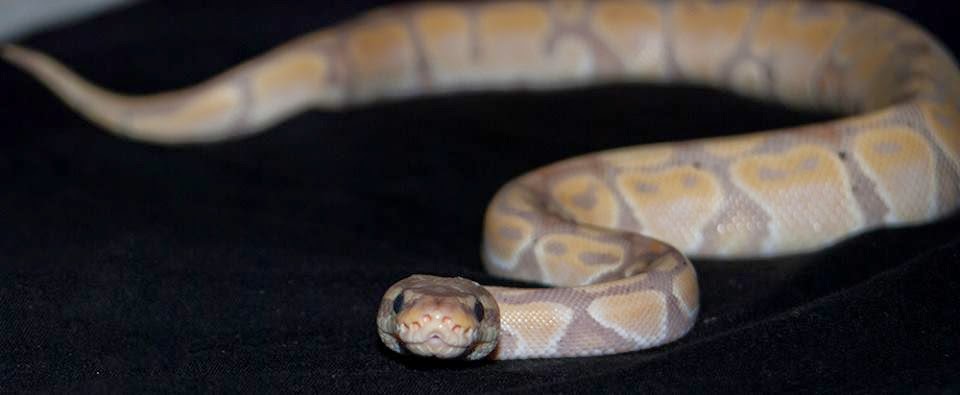Lately on specific websites, I have been spotting more people lying about the genetics of their animals in order to increase sales value. Sadly in the reptile industry this has been becoming more common and horrible to see, especially when the targets are people just getting into the hobby.
The scammers are very popular when it comes to royal pythons as they are the most commonly found animal in the reptile trade. They also have extensive genetics and sometimes understanding the difference between dominant, co-dominant and recessive genes can be hard to grasp.
When purchasing a reptile, ensure that you have researched what morph you plan on buying carefully and only buy from reputable sources. When looking at advertisements, look for the words "possible and het."
Possible means that the breeder is unsure if the animal has a specific gene so therefore don't expect that to be in the animal when you purchase it. This term should only be used when referring to a non visual gene, a recessive animal.
Het means heterozygous and this is basically a recessive gene that can skip a generation if not bred back to a visual. To get a visual recessive animal, two hets of the same gene need to be paired together and if this is not the case then the gene stays hidden.
To avoid falling into this trap;
1. Ask the breeder for paper work showing records of where the animal was purchased.
2. Ask questions, as if they are lying, they won't know the answers and get flustered.
3. Ask people who have had dealings with the breeder/seller.
4. Always go to a reliable shop/breeder.
5. Take extra care when purchasing an animal on sites like Facebook and Gumtree.
6. Visit World Of Ball Pythons or similar sites to learn about basic genetics.
The only way to prove a heterozygous or possible animal is through breeding. Although don't let this put you off buying a het, just be careful and know what to look out for.
Two examples of possible scams.
The first image may lead people to think they are purchasing a cape morph, which does not exist. The snake appears to be a normal.
The second image shows "100% het albinos". With no paper work the buyer relies on the seller's word. There is also no listed breeder for where the snakes came from, just a friend.
I have also seen people selling animals that can't be heterozygous for example; fire, banana, pastel and spider to name a few. These morphs are all visible and non recessive.
List of common recessive royal pythons;
1. Albino
2. Pied
3. Axanthic
4. Clown
5. Genetic Stripe
6. Ghost/Hypo
For further information on spotting frauds
















